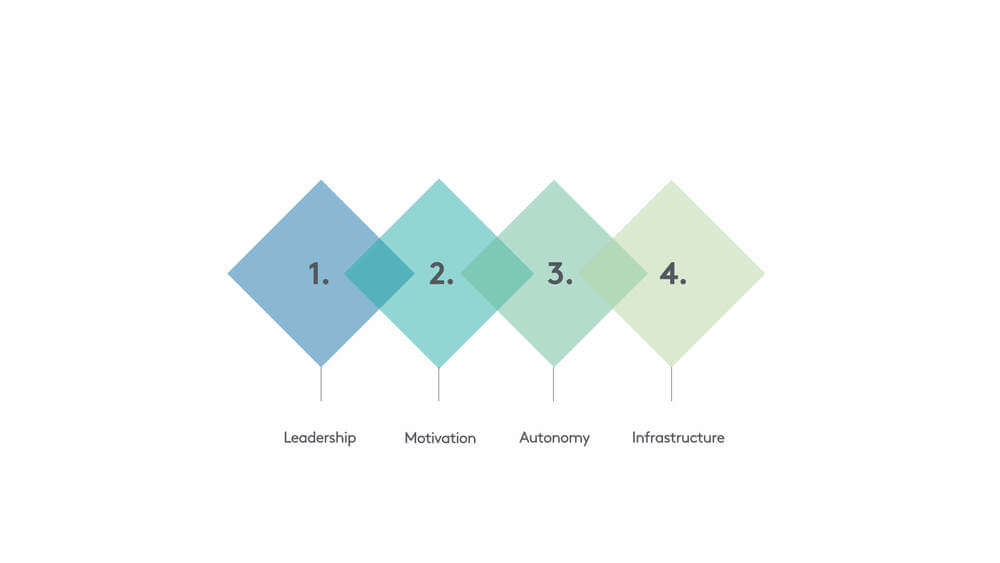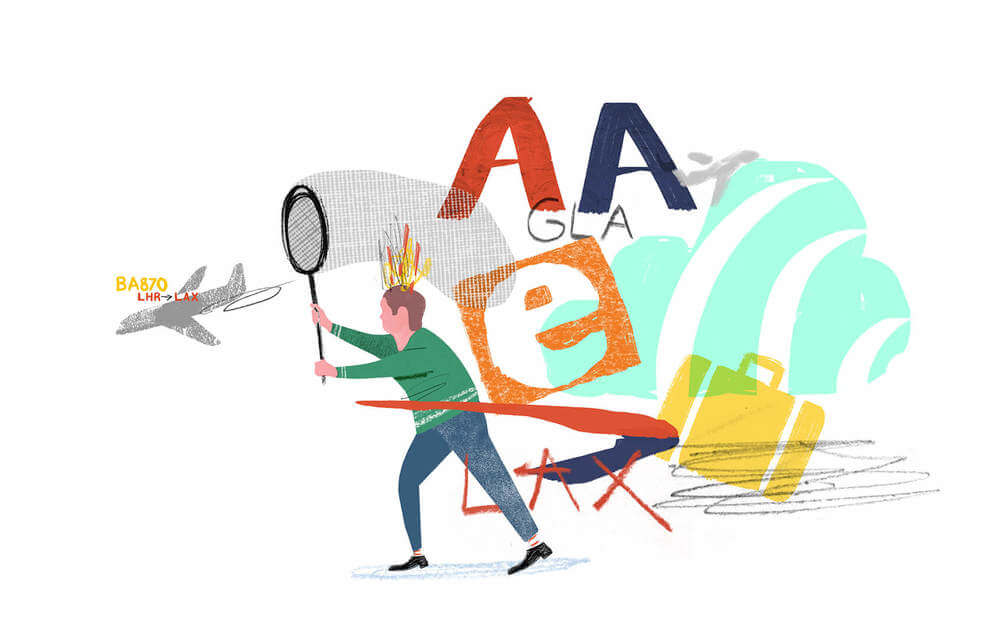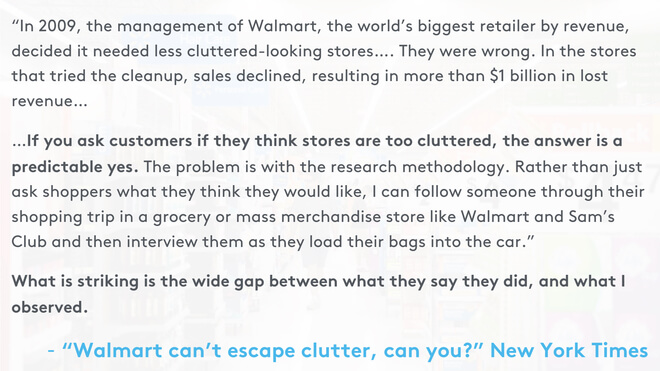Digital is the way into the V&A: it gives access to everything we do
Open access! A new digital direction for the V&A
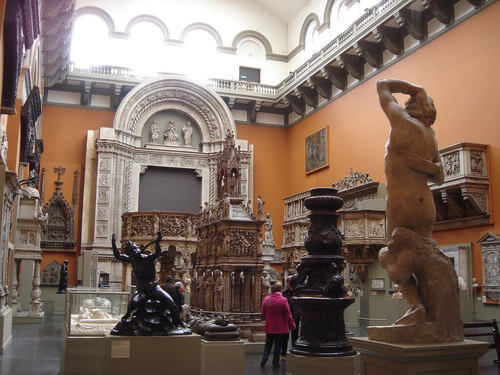
A dynamic new digital strategy for the V&A Museum yields its first fruits today with the release of version 1.0 of a redesigned and rebuilt web platform.
The new vam.ac.uk is one part of a much bigger story that began in April last year when Made by Many won a hotly competitive pitch to create a new digital brand vision for the Museum.
You’ll see immediately that we’ve replaced a text heavy, cramped and conventional design with a pictorial feast that reflects the reality of the V&A’s sumptuous galleries, exhibitions and world class collections. The V&A is a complex museum and much harder to communicate than Tate (art!) the British Museum (history!) or the Design Museum (design!); it has aspects of each, living at the intersection of art and industry, interested in both past and contemporary culture. The new design is intended to allow the Museum to visualise itself as brilliantly online as it does in its home in South Kensington. Our ultimate goal is to open up every aspect of this extraordinary museum - much of which lies necessarily behind closed doors - to an international public.
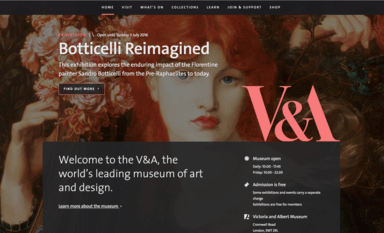
The V&A digital strategy that we defined last year with digital director Kati Price and the Museum’s senior management team has three objectives: to open access to the Museum’s collection and activities much more widely; to enable the Museum to become self-sufficient as a digital publisher; and to create a digital architecture that enables the Museum to curate and display objects online in a way that’s conceptually identical to its practice in the real world.
This has been an intensely collaborative process. For three months the V&A’s development team have joined us at our Diespeker Wharf studio to create a new super-simple authoring tool, a content management system and the first release of the website with new home, exhibition, collections and information pages. We also built a simple object database; objects have become part of the fabric of the web experience; we can link a picture of an object with its museum record (providing its location in the museum, images and videos, biography) and also link it to articles, events or exhibitions with which it is associated. Over time this will become a fantastic resource that enables the Museum to connect objects with ideas - and ideas with objects.
The decision to build from scratch was based on experience and necessity. The Museum’s past history with content management systems was an unhappy one, and whilst in principle there is nothing wrong with off-the-shelf, a bespoke platform would give the V&A the opportunity to shape the tools to its own needs and - critically - introduce a culture of learning, testing and growing its own web services. The simplicity of the authoring tool will soon enable anyone with a good story to tell - curator, conservator or marketing manager - to input content directly to the website. A huge increase in productivity (15 minutes to do a job that once took 2 hours) has freed up the specialist digital content team to work as editors rather than producers and think creatively about the content they are making; it also enables the digital product team to work actively to improve performance in terms of audience understanding, interest and conversion to visits or membership.
Bespoke development has also enabled us to launch very quickly, after just three months of development work, biting off a substantial chunk - but not all - of the V&A’s web services. The next step will be to tackle the redesign and rebranding of events, ticketing, membership and shop services which will remain in the old format for the near future.
This is the first small step in a process of continuous change and improvement that, we hope, liberates the V&A to become a 21st Century museum with a digital channel to match its physical presence not unlike, but different to, that which Sir Henry Cole envisaged when he established the Cast Courts – a virtual Grand Tour – at the V&A’s precursor, the South Kensington Museum, in 1873.
Continue reading
The way that we book travel is broken
Right now, airlines, rail and other transport providers have an enormous opportunity to embark on more meaningful relationships with their customers throu...
Billion dollar interviews
The world’s largest retailer discovered one quick to lose $1 billion in revenue, simply ask consumers what they want and then give it to them. As the New ...
